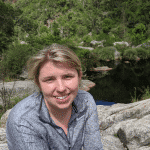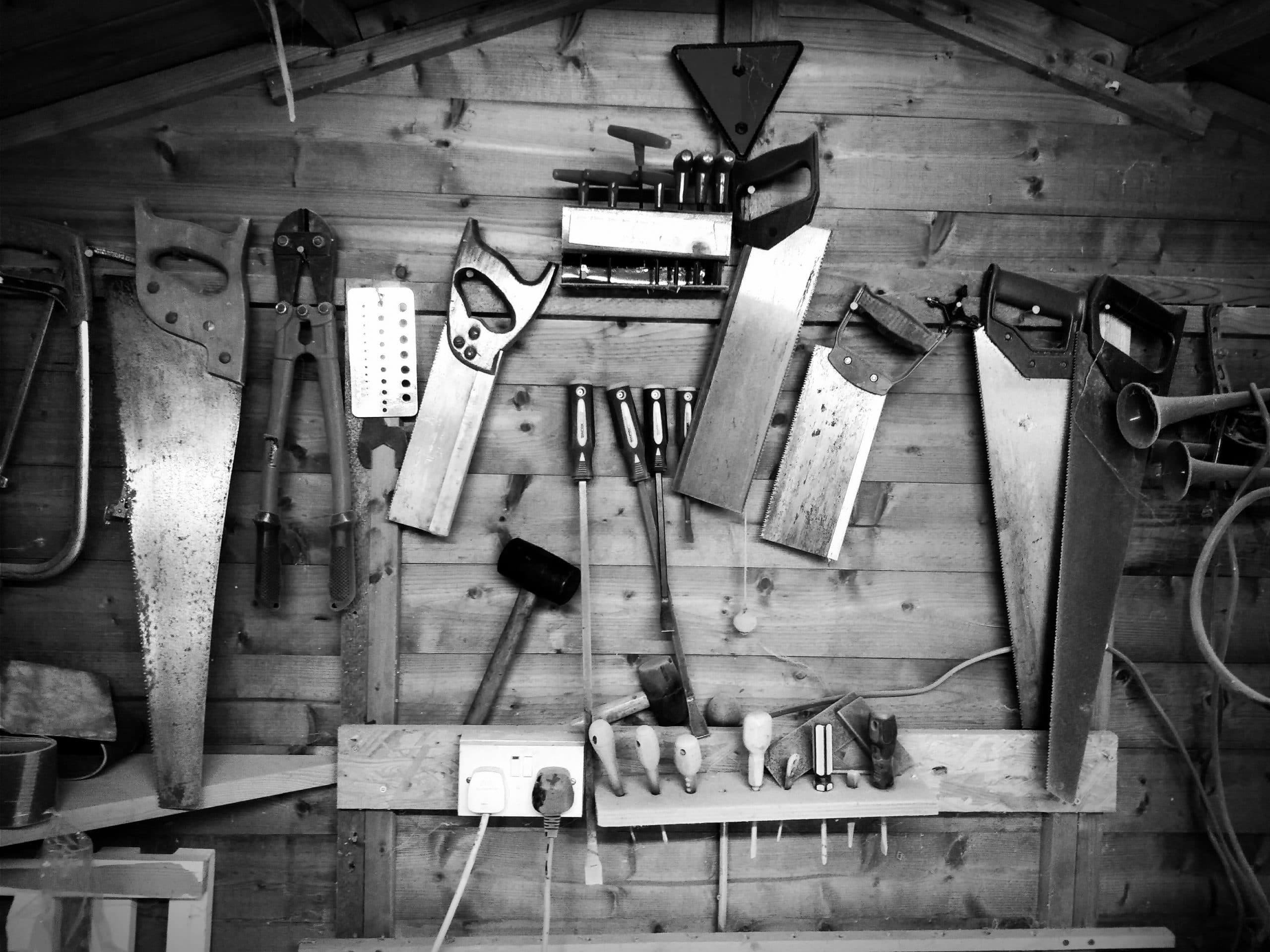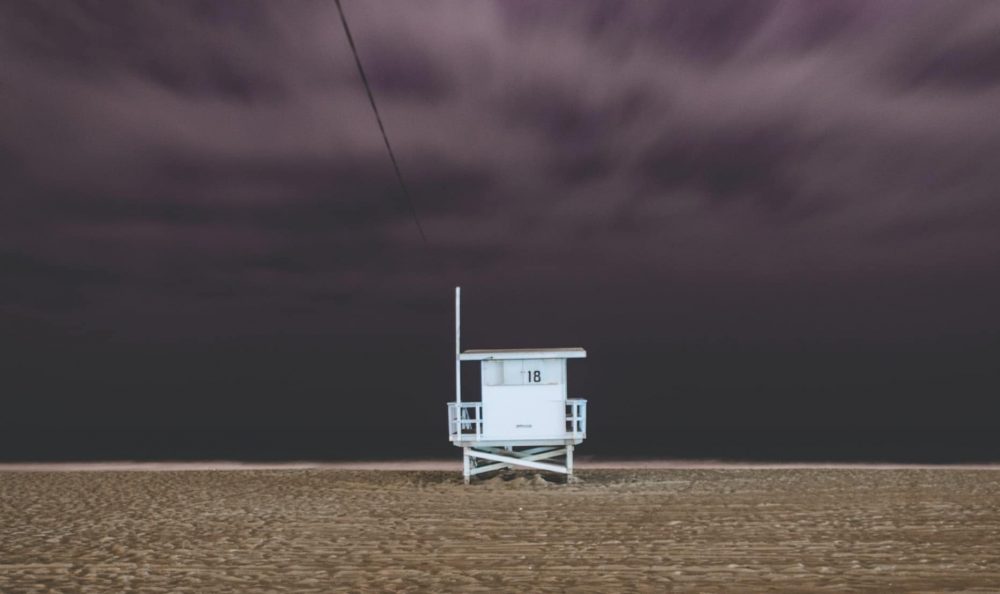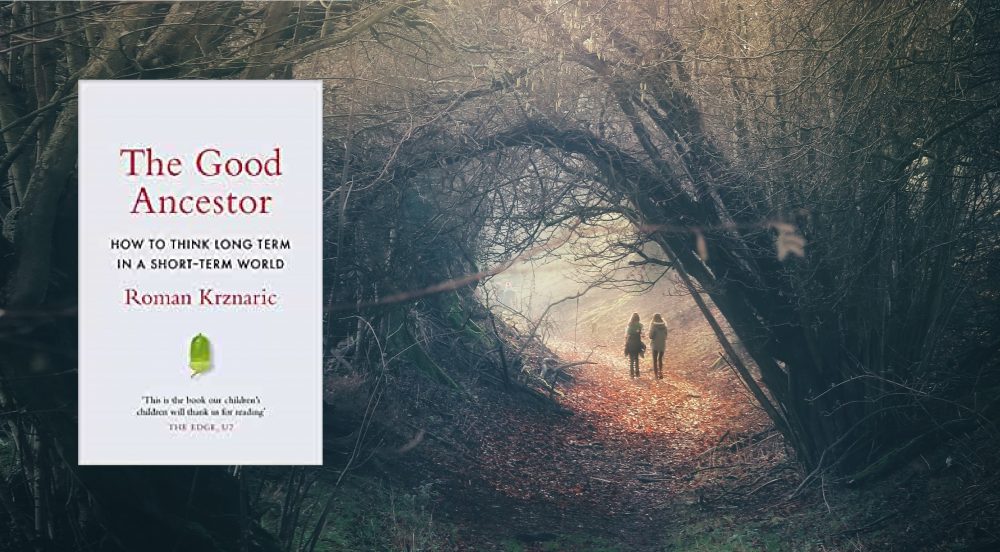
If you google the terms ‘D.I.Y’ and ‘stress’, you’ll find a multitude of articles suggesting a causative relationship. There is little to support my argument to the contrary, that is that D.I.Y can be a form of stress relief. Yet, as I reflect personally on the psychological impact of working within the health service during a global health pandemic and my own mental wellbeing, I keep coming back to the conclusion that for me D.I.Y has been a form of therapy.
The situation
Moving into a house in need of serious renovation 2 weeks before the first lockdown should have added to the stress that inevitably came with the sudden and extensive changes within primary care in response to the COVID-19 pandemic. Add into the mix the inability to get any professional help on the house due to the lockdown restrictions and you’d expect stress levels to be through the (slightly leaky) roof!
To my surprise, what should have become a source of enormous stress became a welcome distraction. Weekends of physical labour shifting worn-out plaster or garden dirt allowed my brain to rest. I found a sense of calm in methodically filling a skip. I found a sense of fulfilment in learning how to lay bricks. I went to sleep ruminating on how best to use our space instead of that difficult clinical case, as I have so often before. What should have exacerbated my stress was actually alleviating it.
This realisation, while welcome, made me question why. Why was something that should be so stressful my tonic in these challenging times?
The science
My first thought, perhaps inevitably as a medic, was that there must be a scientific explanation.
When you compare the skills and attributes needed to be a good GP and those used in D.I.Y, there are many similarities. The ability to use logic and problem solve, as well as communicate effectively and with patience are essential skills in both. But there are certain skills needed for D.I.Y that we rarely use day-to-day in clinical practice — most notably creativity, imagination, and spatial awareness.
The physical exhaustion at the end of a day of D.I.Y is comparable to the mental exhaustion at the end of a clinical day, but with a rewarding rush of endorphins.
For a long time, it was felt that the right side of the brain was responsible for creativity, while the left side was for understanding, processing, and analysis.1 This theory would nicely answer my question, put simply that D.I.Y predominantly used a different part of my brain and in doing so provided stress relief. Of course, it’s not that simple.
More recent scientific research using electroencephalogram and functional MRI scans found that different creative tasks use different areas of the brain, including the frontal, parietal, and temporal lobes,2 all of which are also involved in other cognitive functions, including problem solving.
There is also evidence that the hippocampus is important for creativity, which is drawn in part from our memories.3 So while the answer may lie in the depths of science, it is certainly not straightforward.
The use of art and creative skills in stress management is not a new idea. Certainly, it has proved effective for a number of colleagues, who have picked up knitting needles or taken pen to paper in order to help them cope with the increased level of stress that we are all feeling during this pandemic. But being ‘creative’ has never been therapeutic for me before. So why has D.I.Y?
The sport
Perhaps it is the physical side of D.I.Y that has been so therapeutic. As a GP, most of the working day is spent sat at a computer. The tiny morsal of exercise that we used to get by collecting patients from the waiting room seems a distant memory, with the majority of consultations now over the phone.
D.I.Y is the exact opposite of this, with most tasks requiring strength, stamina, or sometimes both. The physical exhaustion at the end of a day of D.I.Y is comparable to the mental exhaustion at the end of a clinical day, but with this physical exhaustion comes a greater sense of achievement and a rewarding rush of endorphins.
The solution
Perhaps it is the combination of creativity and physical activity that explains why D.I.Y has been so therapeutic for me. Regardless, what this shows is that there is more than one way to cope with stress. Whether it is art, exercise, counselling, or D.I.Y, the most important thing is that we help each other to find ways to cope. So why not pick up a shovel, hammer, or pack of nails and find out if D.I.Y is your S.O.S?
References
1. Cherry K. Left brain vs. right brain dominance: is the analytical -creative separation true or false? Verywellmind 2020; 10 Apr: https://www.verywellmind.com/left-brain-vs-right-brain-2795005 (accessed 2 Dec 2020).
2. Fink A, Grabner RH, Benedek M, et al. The creative brain: investigation of brain activity during creative problem solving by means of EEG and fMRI. Hum Brain Mapp 2009; 30(3): 734–748.
3. Duff MC, Kurczek J, Rubin R, et al. Hippocampal amnesia disrupts creative thinking. Hippocampus 2013; 23(12): 1143–1149.
Featured photo by Sneaky Elbow on Unsplash








